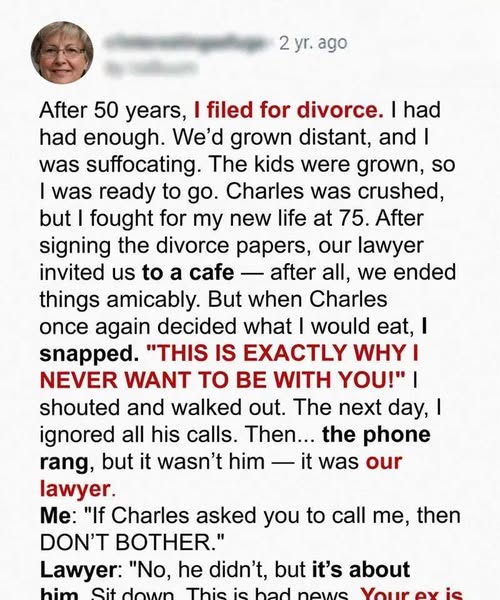Power strips have become a modern convenience we barely think twice about. They’re tucked behind desks, shoved under couches, and used in kitchens, offices, and classrooms everywhere. With one simple device, you can power a laptop, phone charger, desk lamp, and maybe even a TV—all from a single wall outlet. But this convenience comes with a hidden danger: many people misuse power strips in ways that can put their homes and families at serious risk. Misusing them can lead to overheating, electrical shorts, or even devastating fires. To stay safe, it’s important to understand both the limits of these devices and which items should never be plugged into them.
Understanding Capacity Limits
Every power strip is rated to handle a certain amount of electrical load, usually measured in watts or amps. This information is printed somewhere on the strip or its cord. Plugging in too many energy-hungry devices at once can push the strip past its limit. Once that happens, heat builds up inside the wiring, insulation can melt, and sparks may fly. Some strips are equipped with circuit breakers that trip when they’re overloaded, but not all do. And even when they work, repeated overloading weakens the strip over time. Before plugging anything in, check the wattage your appliances demand and make sure the total doesn’t exceed what the strip is designed to handle.
Heavy Appliances That Never Belong on a Power Strip
Certain appliances demand far more power than a power strip can safely supply. These should always be plugged directly into a wall outlet on a dedicated circuit.
- Refrigerators and freezers: The compressor cycles on and off throughout the day, creating sudden spikes in energy demand. A strip isn’t built for those surges.
- Ovens and microwaves: Even countertop models can pull an enormous amount of electricity when heating food. Connecting one to a strip is asking for trouble.
- Washing machines and dryers: Their motors require steady, heavy power. A strip will almost certainly overheat.
- Toasters and coffee makers: While smaller in size, they generate a lot of heat and demand high wattage during operation.
These machines need to be plugged directly into wall outlets, ideally with their own circuits, to avoid electrical hazards.
The Hidden Danger of Heating Devices
Space heaters and other heating appliances are among the worst offenders when it comes to power strip misuse. Unlike many devices that draw power intermittently, heaters pull high amounts of current continuously. This constant strain overwhelms strips quickly. Fire departments across the country routinely warn that plugging heaters into strips is one of the leading causes of home electrical fires. Always connect heaters directly to wall outlets, and never leave them running unattended.
Daisy-Chaining: A Common and Dangerous Mistake
Another major hazard is “daisy-chaining,” or plugging one power strip into another to expand the number of available outlets. While it might seem like a simple fix when you run out of space, daisy-chaining multiplies the load in ways that far exceed the capacity of both the strip and the outlet feeding them. The result? Overheating, blown fuses, and a dramatically increased risk of fire. Instead of daisy-chaining, consider using a heavy-duty extension cord rated for the job or, if you consistently need more outlets, invest in additional wall outlets installed by an electrician.
Protecting Sensitive Electronics
While some items are too powerful for power strips, others are simply too valuable to risk plugging into a cheap one. Computers, gaming consoles, televisions, and internet routers may not consume as much electricity as an oven, but they are extremely sensitive to power surges. Sudden spikes in voltage—from storms, faulty wiring, or even a fridge compressor switching on—can fry internal circuits instantly. To protect these investments, skip the basic strip and use a surge protector specifically designed to absorb and redirect excess voltage. This small precaution can save you thousands of dollars and spare you the heartbreak of losing irreplaceable data or equipment.
Practical Safety Tips for Everyday Use
Even when using a strip correctly, there are extra precautions that make a big difference:
- Regularly inspect cords for fraying, scorch marks, or loose connections. Replace damaged strips immediately.
- Avoid placing strips under rugs, blankets, or furniture where heat can’t dissipate. They need airflow to stay cool.
- Unplug strips when they’re not in use to reduce unnecessary risk.
- Never treat a power strip as a permanent solution. If you find yourself relying on multiple strips all over the house, it’s time to add more outlets or circuits.
The Big Picture
Power strips are designed for convenience, not heavy lifting. They’re perfect for low- to medium-power electronics—lamps, phone chargers, alarm clocks, or desk fans. But they are not substitutes for dedicated circuits or proper wiring. Plugging high-wattage appliances, heating devices, or daisy-chained strips into them is like inviting disaster into your living room.
Electrical safety often comes down to awareness and simple habits. By checking load ratings, avoiding misuse, and giving sensitive electronics the surge protection they deserve, you can dramatically reduce the risk of accidents. Remember: the goal of a power strip is to make life easier, not more dangerous. A little caution ensures it stays that way.



